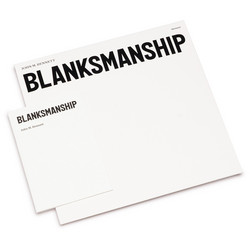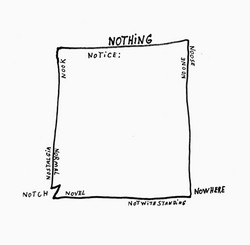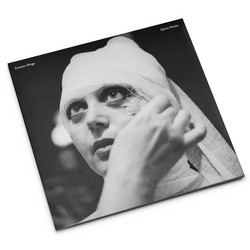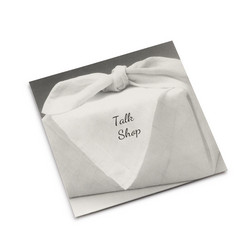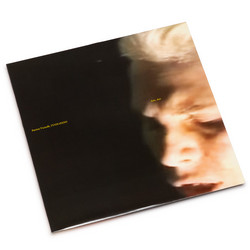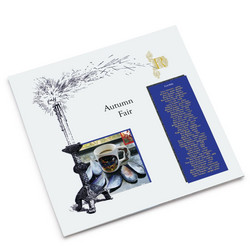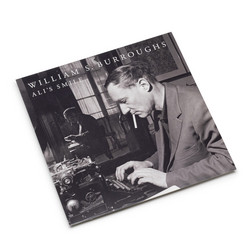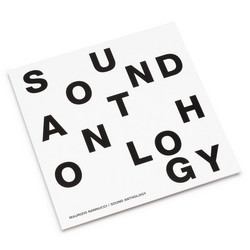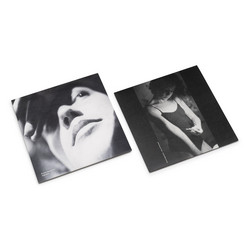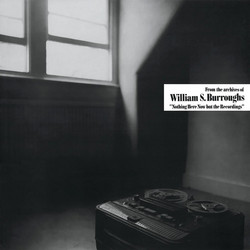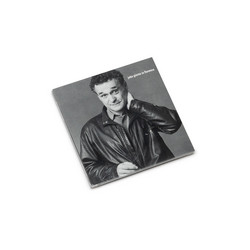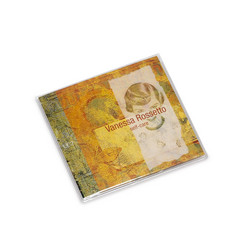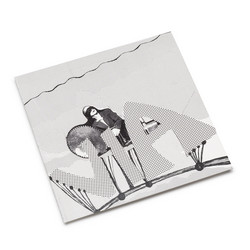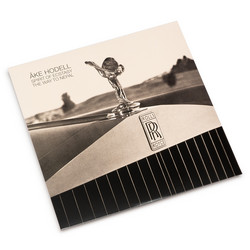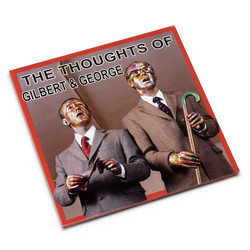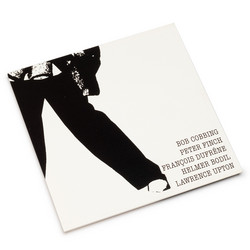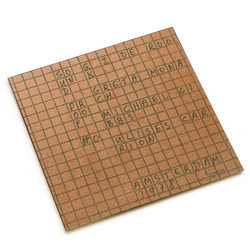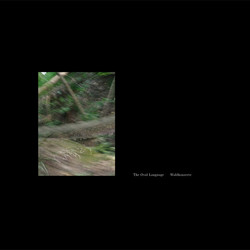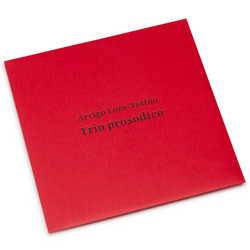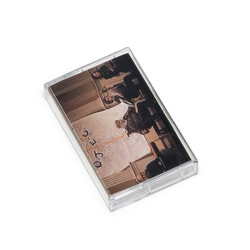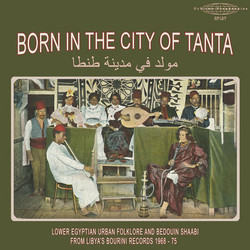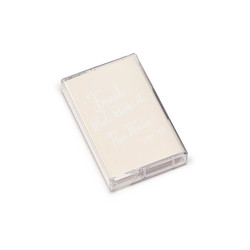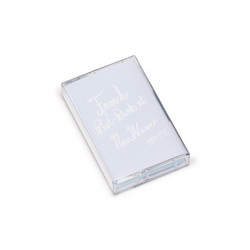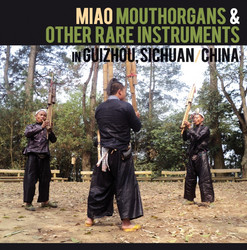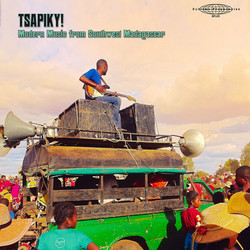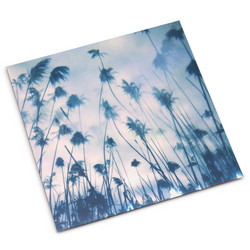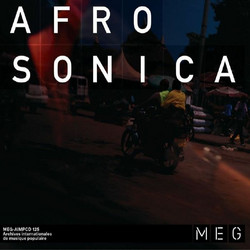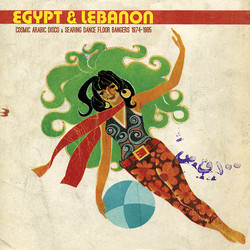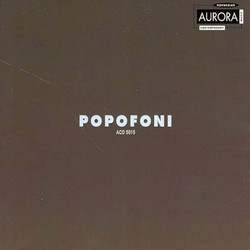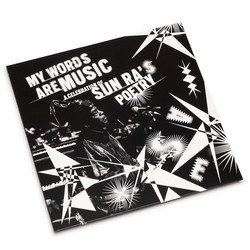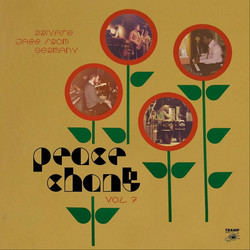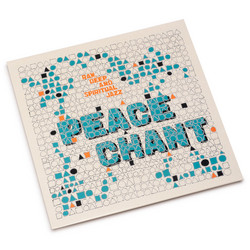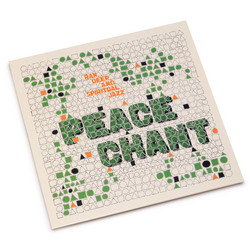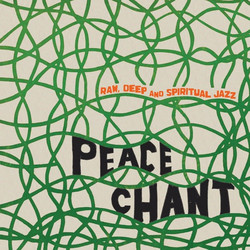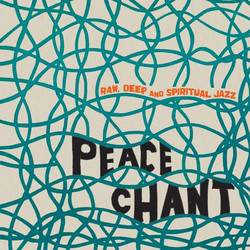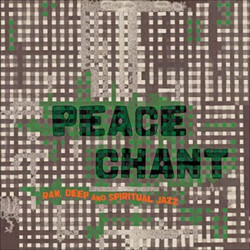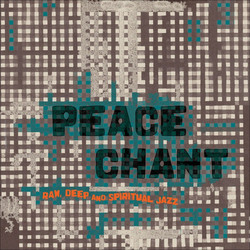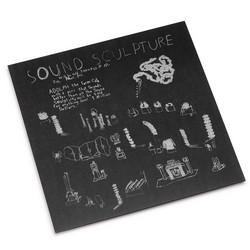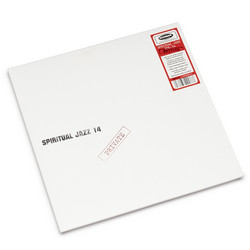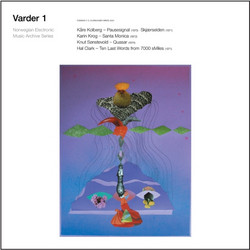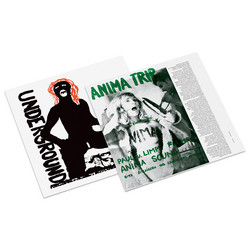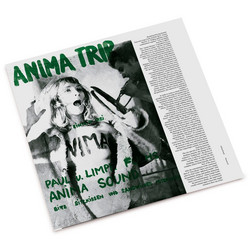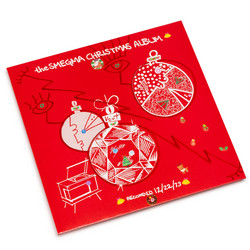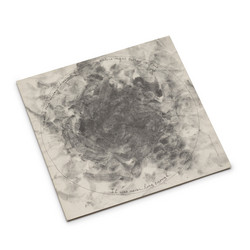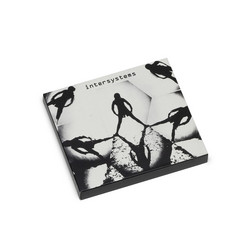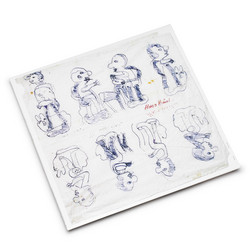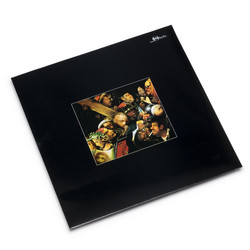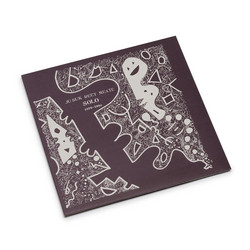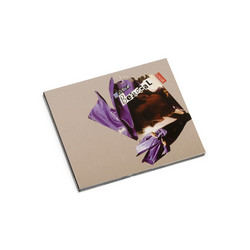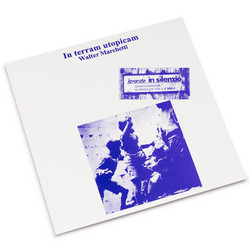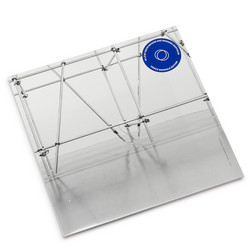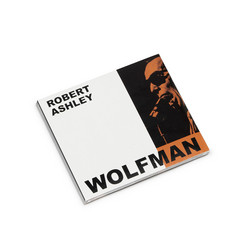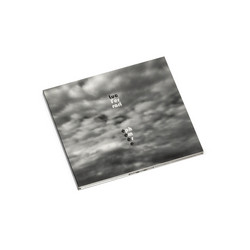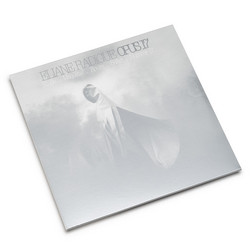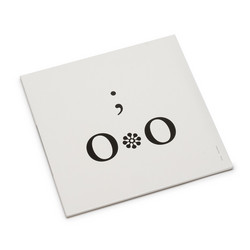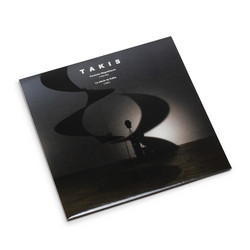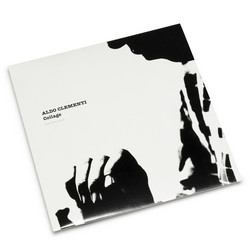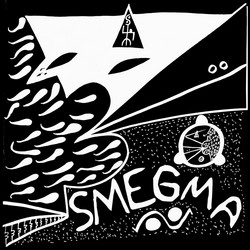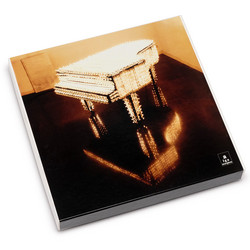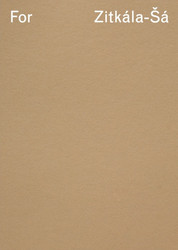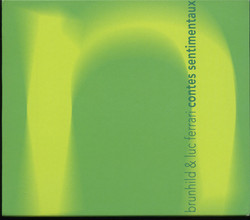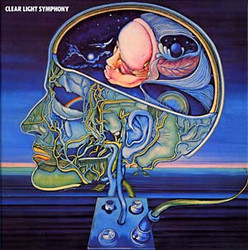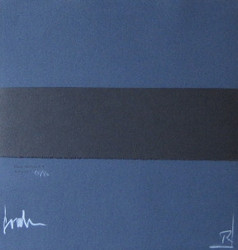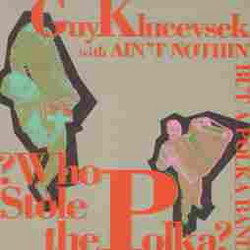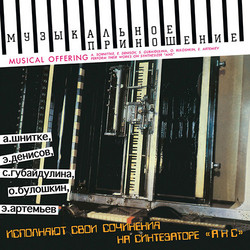New volume of the Avant Marghen series, an ultra-limited splendid set in a numbered edition of 80 copies. This luxury black boxset edition actually includes the forth group of 7 LPs previously issued for the VocSon series and now sold out. Each individual LP record includes a numbered Avant Marghen inner-sleeves.
LP 1 to 4) François Dufrene Oeuvre desintegrale 4 LP set. First 80 copies from the original pressing of 345 copies issued in 2007, presented here with minimal hand-elaboration on each sleeve. François Dufrene impressive work, along with that of Gil J. Wolman and Brion Gysin, was a strong influence for experimental poets like Henri Chopin, Bernard Heidsieck and Ake Hodell.
LP1) Oeuvre desintegrale 1 LP includes an 18 minute long crirythme from 1969 as well as "Osmose-art", a long piece from 1969 divided in two suites where Dufrene superimposes his crirhythms to classical music.
LP2) Oeuvre desintegrale 2 LP includes six majestic crirythmes (created between 1965 and 1976) as well as "Eryximaque, suite choreographique au Tombeau de Pierre Larusse", a work half way between the written text and the sound poem whose unity is achieved through Dufrene performing it, a masterpiece of synthesis of active poetry.
LP3) Oeuvre desintegrale 3 LP includes two "Lecture-collage" dating from 1965, adding jazz music (specially drum and percussion pieces) to poems marked by strong Lettristic esthetic. One of his most extreme crirythmes, titled “Belles nuisances, hantez nos nuits” dating from 1970, is also included on this record.
LP4) Oeuvre desintegrale 4 LP includes three breath-taking crirythmes as well as two "Comptinuum" from his early on-progress works started in 1958.
LP5) Charlemagne Palestine Voice Studies LP, limited to 80 numbered copies pressed on dark blue vinyl and featuring a new sleeve, only available with this boxset edition. Palestine's introduction to music or sound was first with his own voice. This LP includes the very early “Surrealistic Studies”, using a Webcor reel-to-reel tape recorder, discovering a technique of shouting into the microphone and immediately pulling it out, creating an interior echo chamber where the sound would turn around on itself, changing and distorting. “Voice + Piano Study I & II” are short and beautiful piano improvisation with tape superimposition of accelerated voice pieces. In “Voice Study” Charlemagne sings in a falsetto duet with himself on two separate tracks in a resonant space, searching for intervals that resonate together and respond like electronic sound wave oscillators played against each other.
LP6) Gherasim Luca 2 Poems LP. First 80 copies from the original pressing of 385 copies issued in 2009. Created in close connection to Sten Hanson who invited the Rumenian artist at Fylkingen in the very beginning of the 1970s and made him discover the possibilities of the advanced EMS electronic music studio of Stockholm. The two recordings presented here are quite unique as they are the only poems by Gherasim Luca created through the use of electronic manipulations. “Autres Secrets Du Vide Et Du Plein” (April 1971) and “Crimes Sens Initiales” (April 1972) were both performed at the 1971 and 1972 Text-Sound Festivals of Stockholm. Including an essay by Henri Chopin.
LP7) Charlemagne Palestine & Simone Forti Illuminations LP. First 80 copies from the original pressing of 365 copies issued in 2010. Duo interactions, illuminated with dim red lights. The three previously unreleased recordings on this LP were made between October and December 1971. The first take titled “Illumination” is for two voices moving in the space with small bells and crystal glasses while Simone Forti plays the molimo, a corrugated tube meant for connecting the gas stove. The second take titled “Wed Oct 13th 1971” has Simone and Charlemagne in a song dialogue as animals do. It was also at Cal Arts that Charlemagne Palestine first encountered a Bosendorfer Imperial Piano of Vienna. He played it often as Simone danced during their “Illuminations”. Take three is a song sang in falsetto while playing the Bosendorfer Imperial in an arpeggiated style that predates the “strummings”. Illuminations were a unique open spontaneous form of performance, ritual and prayer.

